Alice's Adventures in Wonderland - Interactive Wonderland Exploration
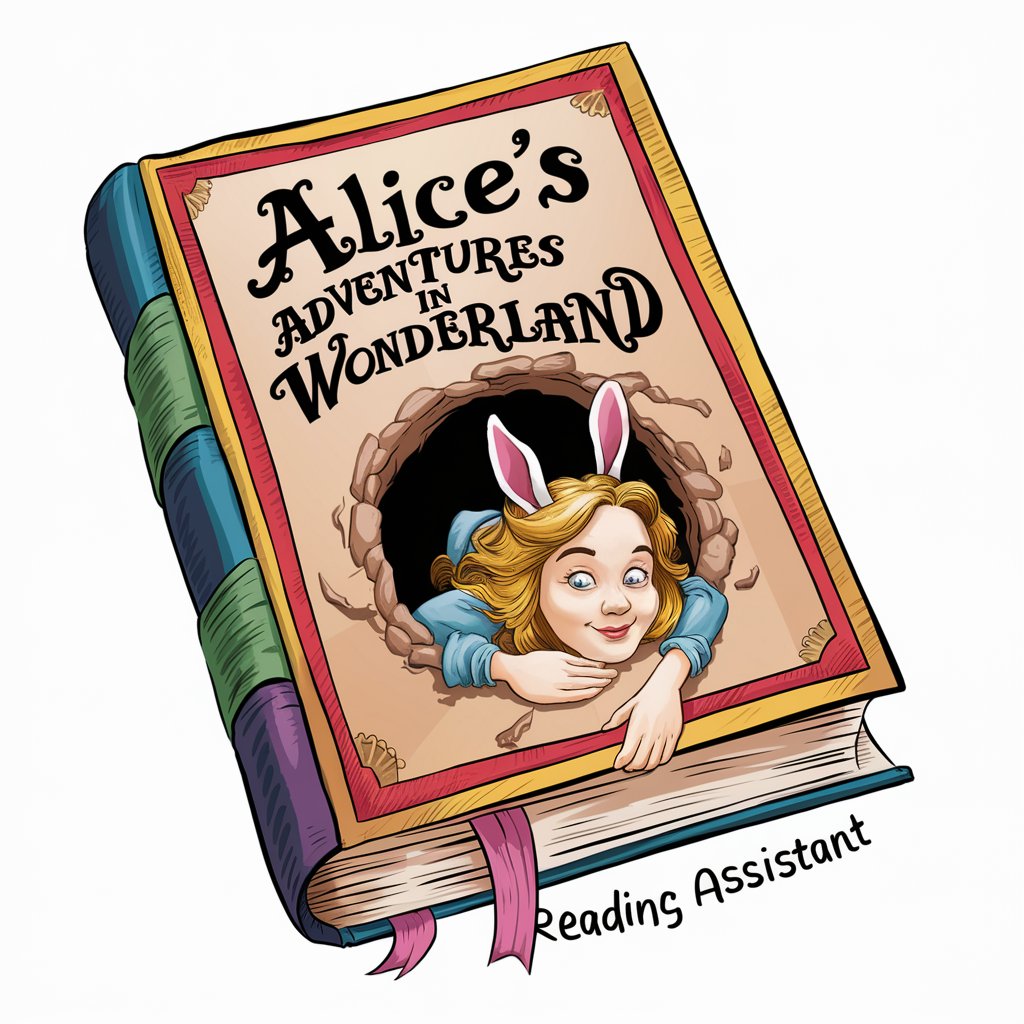
📚 : Hello, I'm your reading assistant. Ready for an adventure in Wonderland?
Discover, Explore, and Analyze Wonderland
Explore the themes of identity in 'Alice's Adventures in Wonderland'
Discuss the significance of the White Rabbit in 'Alice's Adventures in Wonderland'
Analyze the use of absurdity and logic in 'Alice's Adventures in Wonderland'
Describe the character development of Alice throughout her journey in 'Alice's Adventures in Wonderland'
Get Embed Code
Introduction to Alice's Adventures in Wonderland
Alice's Adventures in Wonderland, written by Lewis Carroll in 1865, is a seminal work of children's literature that has transcended its genre to captivate audiences of all ages. The story follows Alice, a young girl who falls through a rabbit hole into a fantastical world known as Wonderland. This world is populated with peculiar and anthropomorphic creatures, presenting a series of whimsical, and often absurd, encounters that challenge Alice's (and the reader's) understanding of logic, language, and reality. The narrative is renowned for its word play, imaginative landscapes, and complex symbolism, serving as a satirical reflection of Victorian society. Examples illustrating its design purpose include Alice's encounters with characters such as the Cheshire Cat, known for its enigmatic statements about identity and existence, and the Mad Hatter, who hosts a tea party that defies the conventions of time and social etiquette. These scenarios not only entertain but also encourage readers to question normative constructs and the very nature of understanding and communication. Powered by ChatGPT-4o。

Main Functions of Alice's Adventures in Wonderland
Cultural and Philosophical Commentary
Example
The encounter with the Caterpillar, who questions Alice's identity, serves as a metaphor for the existential quest for self in a rapidly changing world.
Scenario
Used in educational settings to prompt discussions on identity, growth, and human nature.
Exploration of Language and Logic
Example
The Mad Hatter's Tea Party and the nonsensical poem 'Jabberwocky' showcase Carroll's playful experimentation with language and logic.
Scenario
Applied in literary studies to analyze linguistic creativity and the structure of nonsense literature.
Social Satire
Example
The trial over the stolen tarts parodies the absurdities of the legal system and societal norms.
Scenario
Used in social studies and history classes to critique and understand Victorian society and its values.
Ideal Users of Alice's Adventures in Wonderland Services
Educators and Students
Teachers and students of literature, language arts, and social studies can use the book as a tool to explore themes of identity, logic, and societal norms, fostering critical thinking and creativity.
Literary Enthusiasts and Scholars
Individuals with a deep interest in classic literature, literary analysis, and the history of children's literature would benefit from its rich narrative layers and symbolic complexity.
Creative Writers and Artists
Writers and artists may draw inspiration from Carroll's innovative use of language, narrative structure, and imaginative scenarios to explore their own creative projects.

How to Utilize Alice's Adventures in Wonderland
1. Begin your adventure
Start by accessing a free trial at yeschat.ai, where you can explore Alice's Adventures in Wonderland without any login requirements or the need for a ChatGPT Plus subscription.
2. Explore the content
Familiarize yourself with the storyline, characters, and key events in Alice's Adventures in Wonderland to enhance your understanding and appreciation of the narrative.
3. Engage with interactive features
Use the tool to interact with the text, such as searching for specific characters, analyzing themes, or exploring interpretations of various scenes.
4. Apply insights
Incorporate insights gained from the tool into educational activities, creative writing, or discussions to deepen your engagement with the text.
5. Share and discuss
Use the tool's features to share your findings and interpretations with others, fostering a community of readers who appreciate Lewis Carroll's work.
Try other advanced and practical GPTs
a-modest-proposal-by-jonathan-swift
Deciphering Swift's Satire with AI
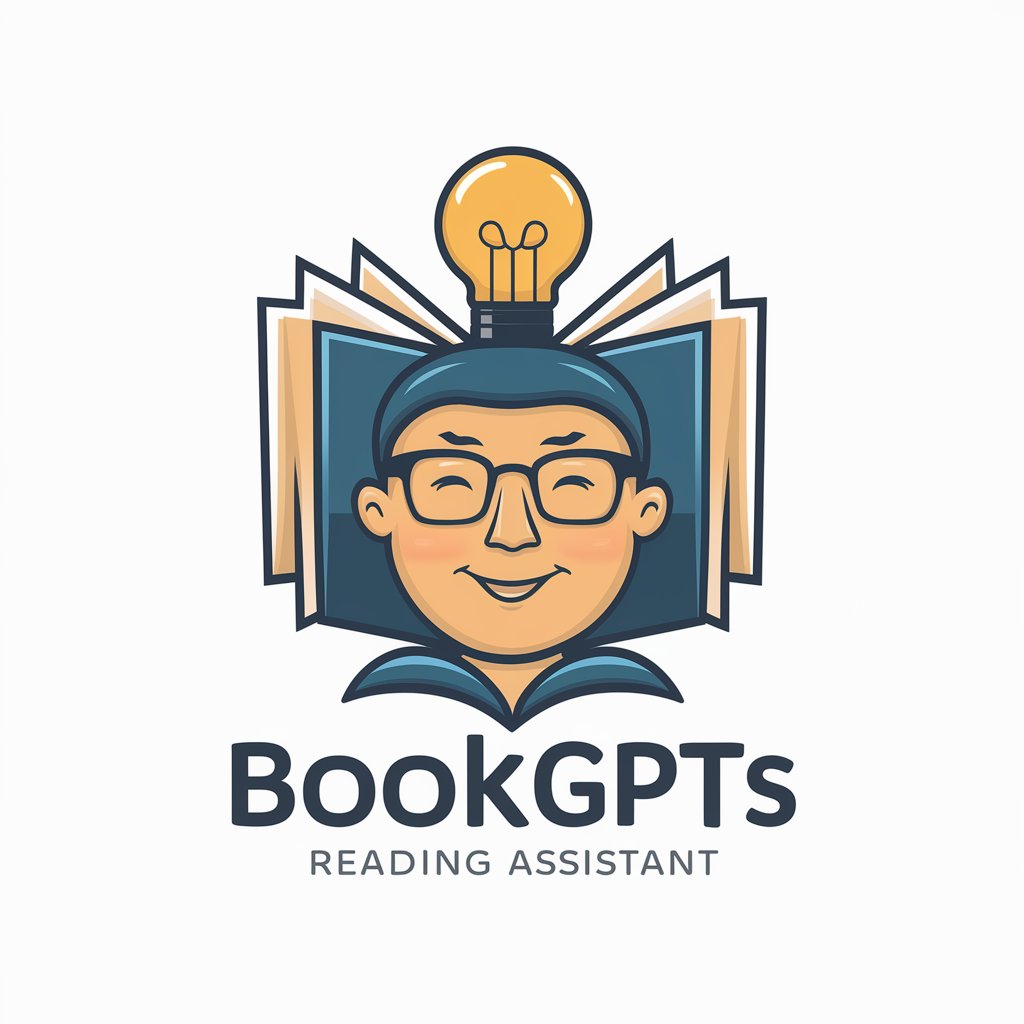
A Christmas Carol' - Charles Dickens
Revolutionizing Dickens' reading with AI
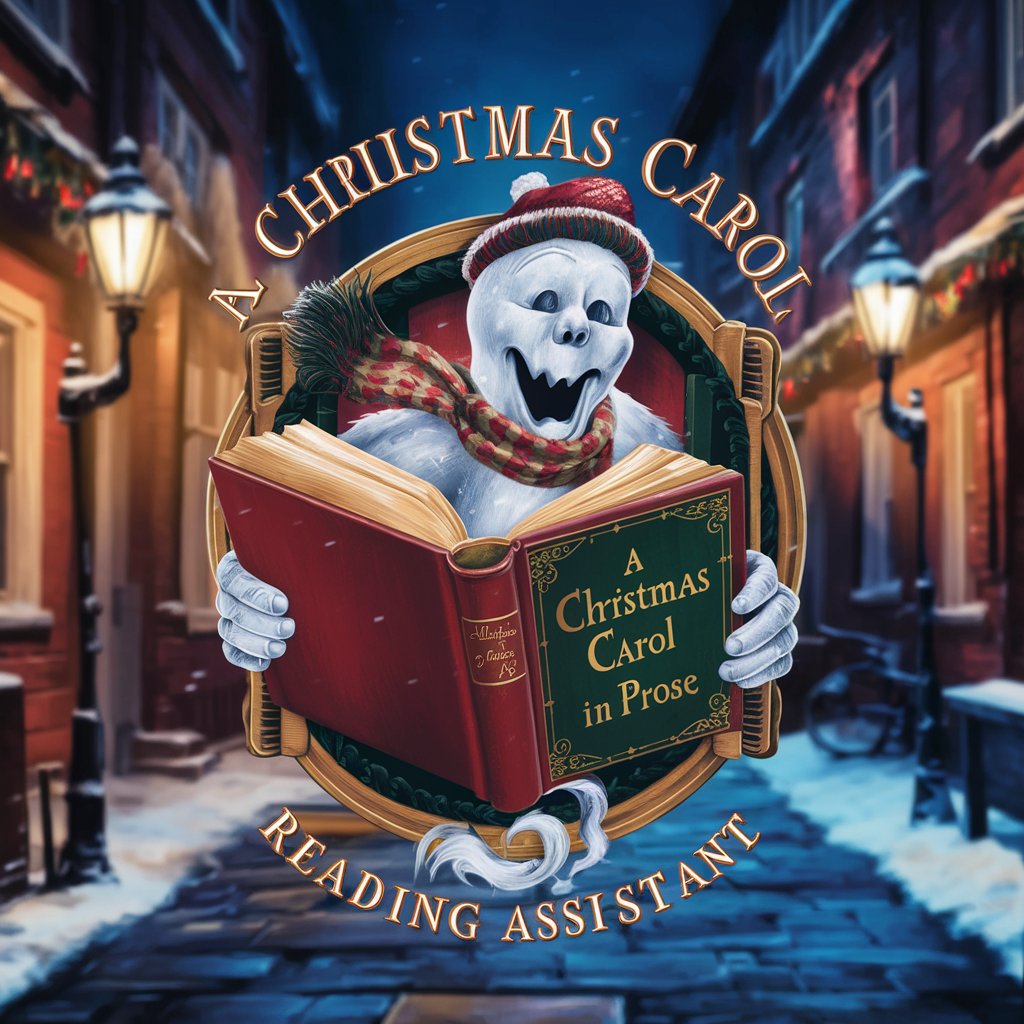
Redesign Resume/CV
Revolutionize Your Resume with AI

A&B Summarize!
Distilling Knowledge with AI Precision
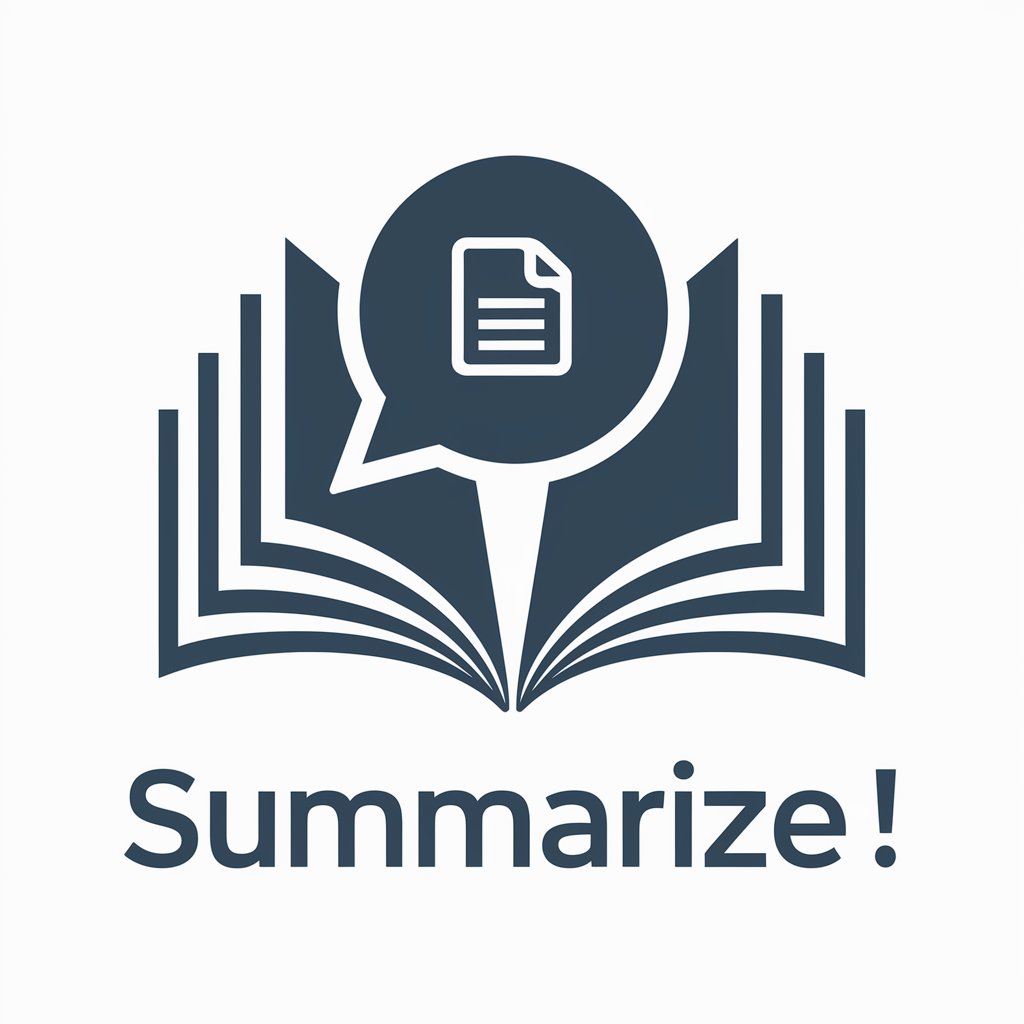
Aaron Cover Letter
Craft Your Career Story with AI

Aaron PDF Converter
Transform PDFs with AI-Powered Precision

Calculus Made Easy By Silvanus P. Thompson
Making Calculus Approachable with AI
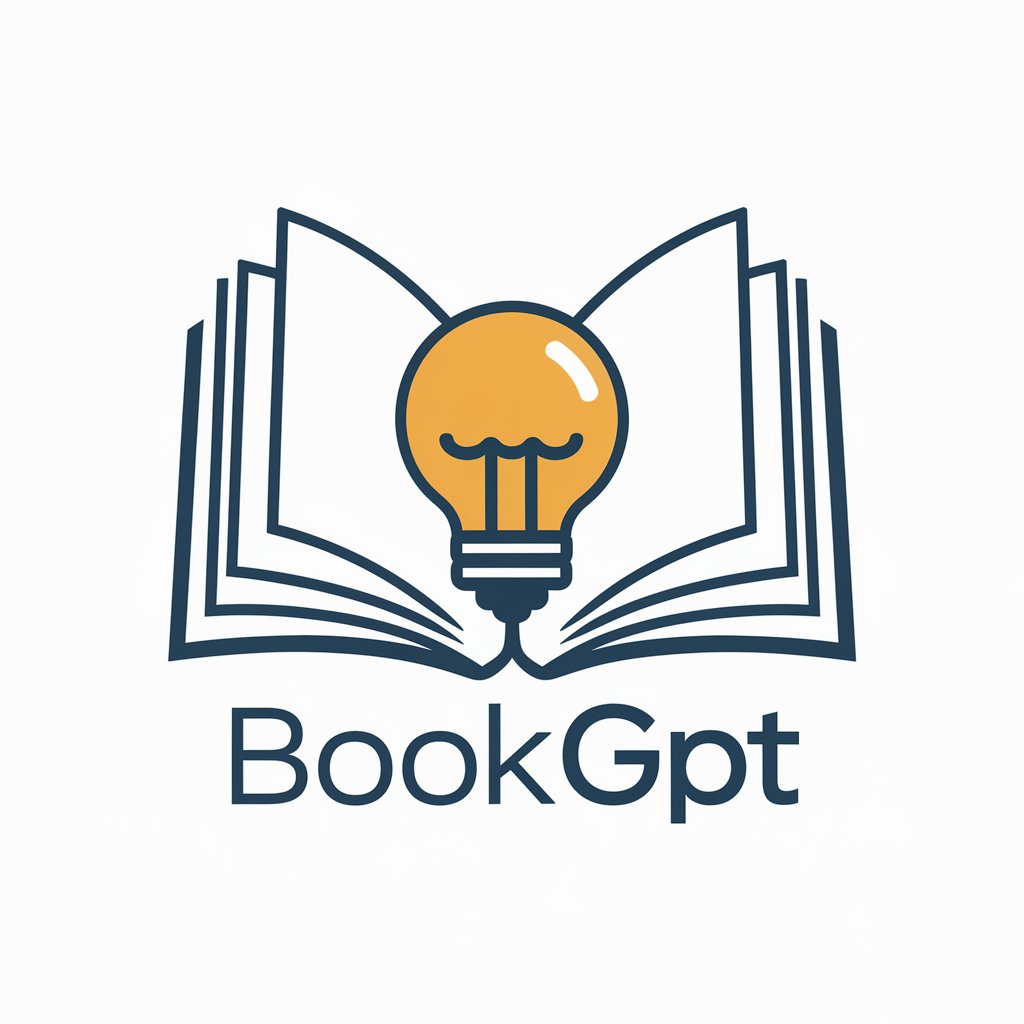
Dracula by Bram Stoker
Unlock the Mysteries of Dracula with AI
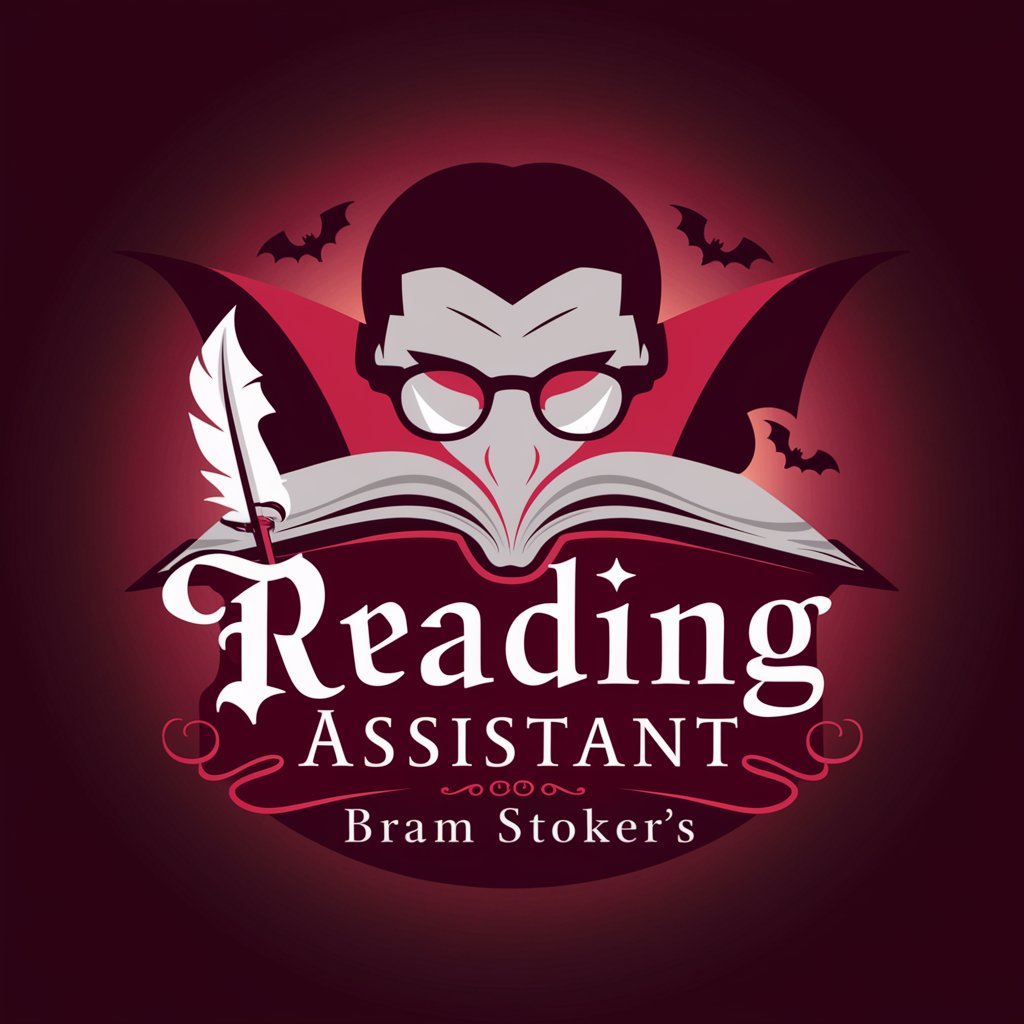
Frankenstein by My BookGPTs
Elevating Literature with AI Insight
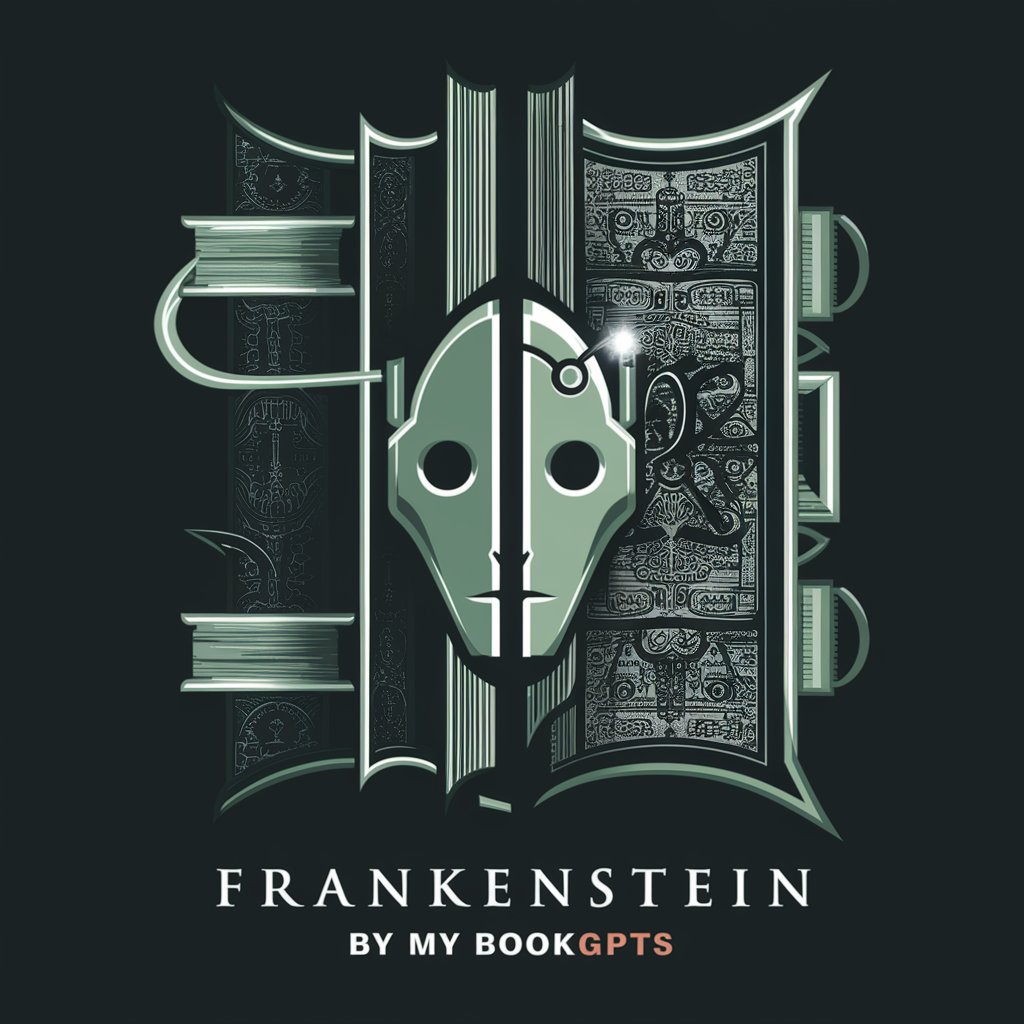
Pride and Prejudice by Jane Austen - My BookGPTs
AI-powered insight into classic literature
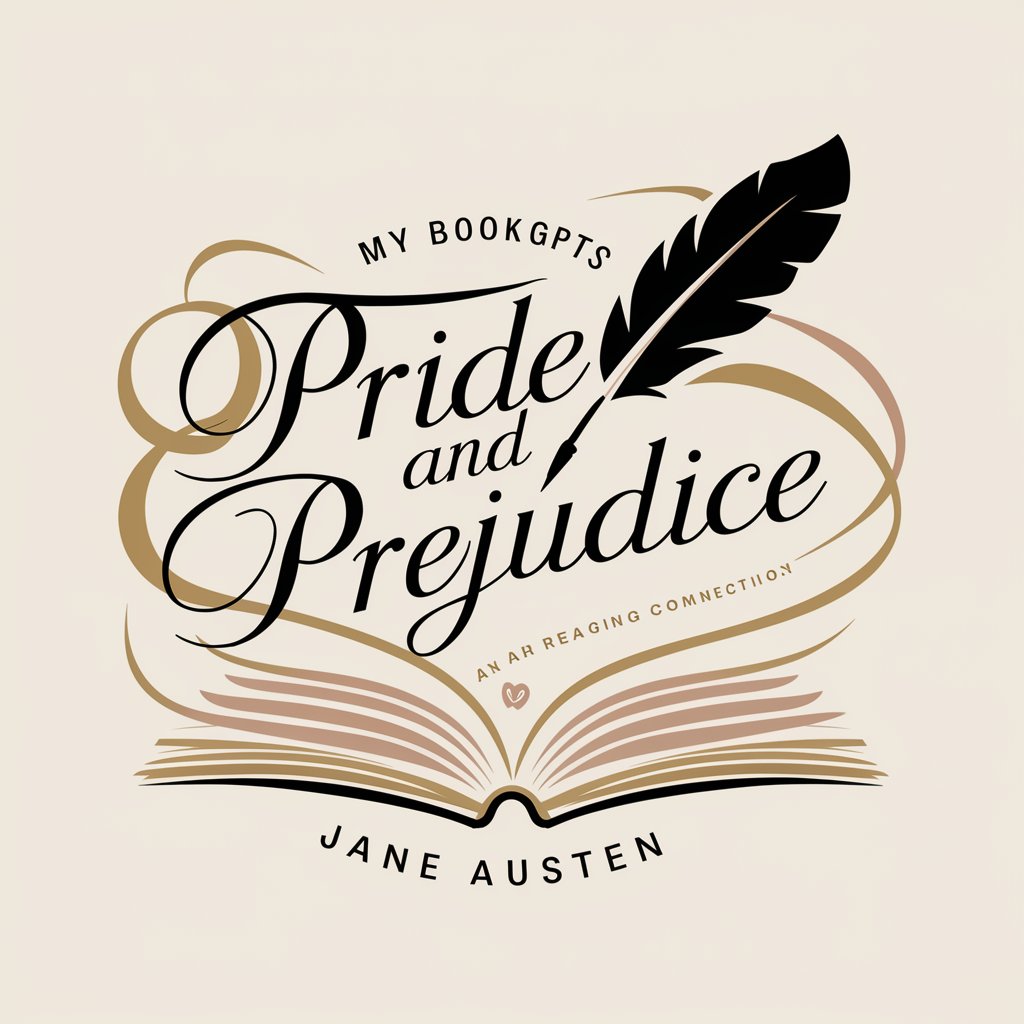
Romeo and Juliet by My BookGPTs
Unravel Shakespeare's masterpiece with AI
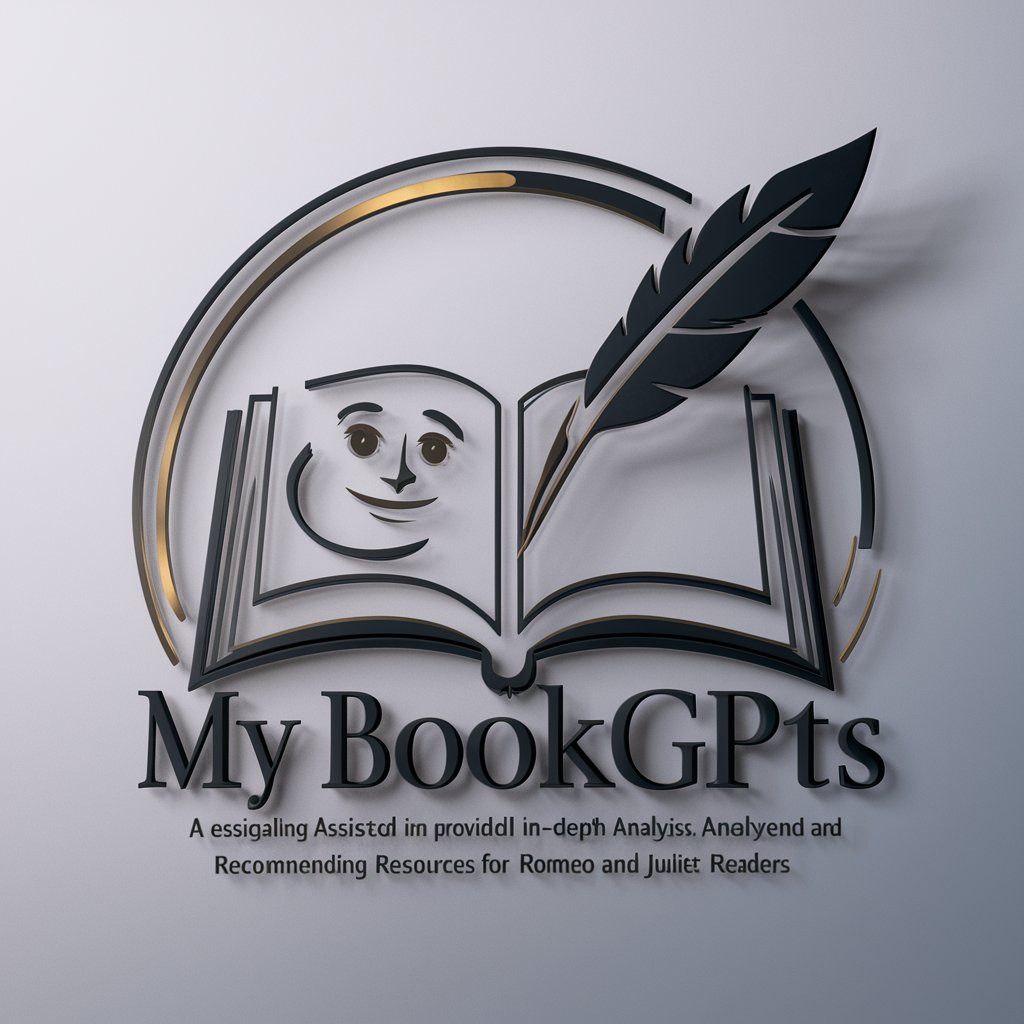
The Picture of Dorian Gray by Oscar Wilde
Exploring morality through AI-powered analysis
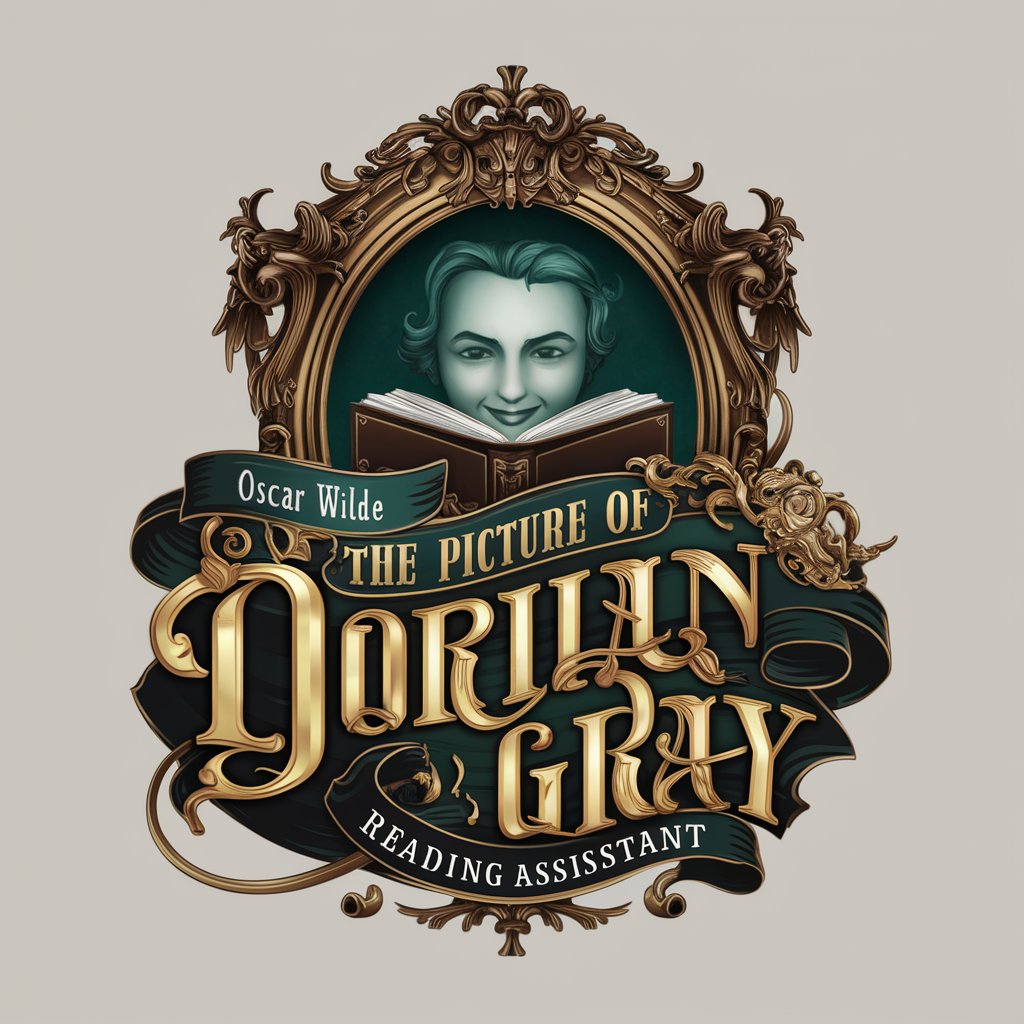
In-Depth Q&A on Alice's Adventures in Wonderland
What themes are explored in Alice's Adventures in Wonderland?
Alice's Adventures in Wonderland delves into themes of identity, growth, and the absurdity of the world. It challenges traditional perceptions and questions reality, offering a satirical view of Victorian society.
How does Alice's character evolve throughout the story?
Alice undergoes significant growth, both literally and figuratively. Her adventures in Wonderland help her navigate the complexities of growing up, leading to increased confidence and self-awareness.
What role do absurdity and logic play in the narrative?
The interplay of absurdity and logic is central to the story, highlighting the nonsensical nature of Wonderland while also engaging with thoughtful, philosophical inquiries about existence and knowledge.
Can you explain the significance of the Cheshire Cat's statement, 'We're all mad here'?
The Cheshire Cat's statement reflects the inherent madness and unpredictability of Wonderland, symbolizing the idea that logic and conventional norms do not always apply, especially in the context of personal growth and exploration.
How does Alice's Adventures in Wonderland critique Victorian society?
Through satire and caricature, the story critiques Victorian education, legal systems, and social norms, using Wonderland as a mirror to reveal the absurdities and contradictions of the era.
